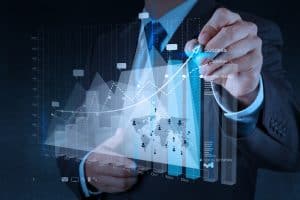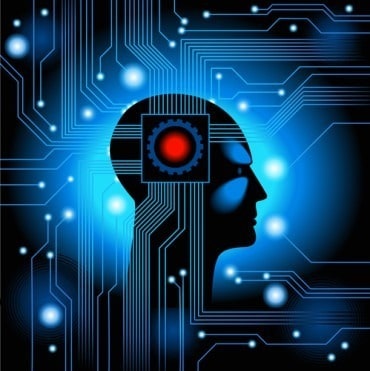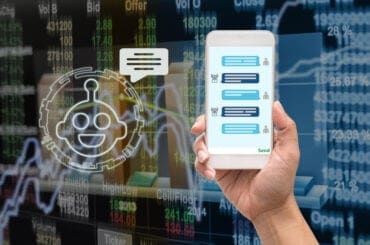
A recent report out of Brookings Institution finds, contrary to conventional wisdom, better-paid, better-educated workers face the most potential exposure from AI.
Nothing is more real time than employee job performance, whether interacting with a customer, fixing a machine, or testing a product. Now, machines are capable of handling many of the real-time tasks humans have been doing for decades and centuries — and you can feel the angst in the air. What executives and managers need to understand is AI will deliver the highest returns when viewed as augmented intelligence — positioned to help people do their jobs even better, serving the highest-level requirements of their organizations.
There’s been no shortage of controversy — and a variety of viewpoints — rage around the impact of artificial intelligence on jobs. Many fear that AI will strip away jobs with little or no retraining opportunities. The threat isn’t necessarily confined to lower-level workers, either.
See also: Managerial Roles Evolve With Introduction of AI
A recent report out of Brookings Institution finds, contrary to conventional wisdom, better-paid, better-educated workers face the most potential exposure from AI. “They range from market research analysts and sales managers to programmers, management analysts, and engineers. Often analytic or supervisory, these roles appear heavily involved in pattern-oriented or predictive work, and may, therefore, be especially susceptible to the data-driven inroads of AI.”
By contrast, “numerous low-paying, rote jobs engaged in providing hands-on services (such as in personal care, food preparation, or health care) will be relatively unexposed to changes from AI applications, at least for now.”
The upshot, according to the survey report’s authors: “AI will be a much greater factor in the future work lives of relatively well-paid managers, supervisors, and analysts (as well as production workers, who are increasingly well educated in many occupations as well as heavily involved with AI on the shop floor). It may be much less of a factor in the work of most lower-paid service workers.”
Other experts point out that humans will always have a key role, regardless of their place in the organization or how far AI has proliferated. In a recent Cube interview, Charna Parkey, applied scientist at Textio, points out that AI “isn’t just replacement, it has to be augmentation. We can’t simply use images to replace recognition of people, we can’t just use a black box to give our FICO credit scores, it has to be inspectable.” AI should be explainable, she continues.
To build AI into human tasks, these tasks need to be parsed and understood, Parkey says. “If we don’t understand more complex cost functions, more complex representative ways of training, we’re going to end up in a space that we can’t get out of — especially if we’re using uninspectable AI. We really need to move towards augmentation.”
While industries with highly mechanized processes — such as manufacturing — are ripe targets for AI, high-tech and, service-sector organizations are highly susceptible to AI, the Brookings study also shows. “High-tech digital services such as software publishing and computer system design — that before had low automation susceptibility — exhibit quite high exposure, as AI tools and applications pervade the technology sector,” the report’s authors state. Still, employees in motor vehicle manufacturing and textile industries are highly vulnerable to AI, the report states. “Apparel manufacturers can now train AI systems to quickly and accurately identify defective garments on a production line, while carmakers can deploy algorithms to process reams of sensor data and anticipate when equipment failures are likely to occur or when to perform maintenance.”
The bottom line is may jobs will be re-arranged, redesigned, or, unfortunately, eliminated as AI progresses. AI will speed up and add intelligence to processes, and will have a profound impact on jobs. The most successful implementations will bring together the skills and oversight of humans with the efficiency of machines.



























